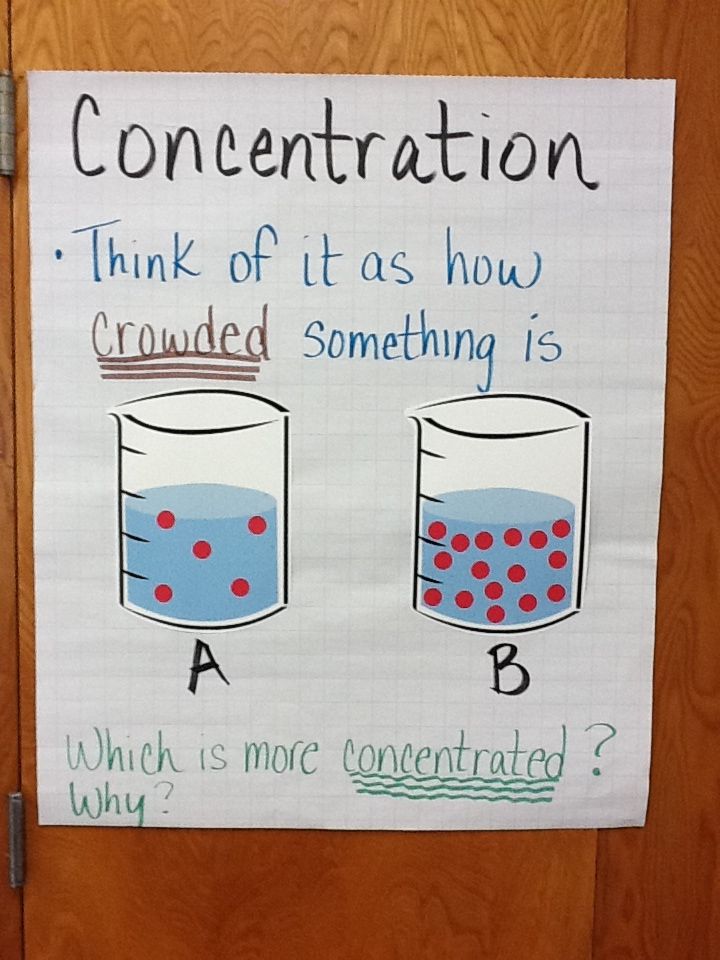Unlocking Human Potential: How Heredity and Environment Shape Who We Become
Introduction: The Dynamic Relationship Between Heredity and Environment
Understanding what makes each person unique involves looking at both their
heredity
(genetic makeup) and their
environment
(life experiences, culture, lifestyle, and upbringing). For decades, experts debated whether genes or environment mattered more, but modern research has shown that
heredity and environment work together
in complex, dynamic ways to shape every aspect of human development, health, and behavior
[1]
. This article explores these interactions, offers real-world examples, and provides practical steps for individuals and families to harness these insights for personal growth and well-being.
The Science of Gene-Environment Interaction
Gene-environment interaction, often abbreviated as G×E , describes how different genetic profiles respond to environmental factors in unique ways. In other words, the same environment can have different effects on different people, and the same genetic trait can be expressed differently depending on environmental influences [3] . For instance, a person with a genetic predisposition to a certain health condition might only develop symptoms if exposed to specific environmental triggers.
One clear example involves the NAT2 gene, smoking, and bladder cancer risk. While smoking increases bladder cancer risk for everyone, those with a particular NAT2 gene variant are at especially high risk. This case shows that neither genes nor environment alone determine outcomes; it is their combination that shapes health [3] .

Source: printabulls.com
Actionable Guidance
- If you have a family history of certain diseases, consider discussing genetic testing options with a healthcare provider. They can help you understand your individual risk profile and suggest preventive strategies.
- Adopt healthy lifestyle choices-such as not smoking, maintaining a balanced diet, and regular exercise-to reduce environmental risks, especially if you know you have a genetic predisposition to certain conditions.
- Many reputable hospitals and clinics offer genetic counseling services. To find these, search for “genetic counseling” along with your city or region, or ask your primary care provider for referrals.
How Heredity and Environment Work Together in Human Development
Every person is born with a set of genes inherited from their parents, but how these genes are expressed depends on environmental experiences. For example, a child may inherit the genetic potential for high intelligence or athletic ability, but realizing that potential depends on environmental factors like nutrition, education, encouragement, and practice [2] .
Consider the story of a child of an accomplished basketball player. The child may inherit a genetic advantage for height and coordination, but also grows up in an environment rich in basketball-related experiences-access to coaching, early exposure to the sport, and encouragement to practice. This combination allows the full expression of the child’s genetic potential [2] .
Practical Steps for Parents & Educators
- Encourage children to try a wide range of activities. This helps identify and nurture their natural talents and interests.
- Provide a supportive environment that includes good nutrition, emotional encouragement, and access to educational and recreational resources.
- If concerned about developmental concerns or delays, seek guidance from pediatricians or educational specialists. Early intervention can make a significant difference.
Gene-Environment Correlation: When Genes Shape the Environment
Not only do genes and environment interact, but genes can also influence the environments we create or seek out. This is called gene-environment correlation . For example, a child genetically predisposed to curiosity may seek out challenging learning opportunities, while an extroverted child may gravitate toward social settings [3] . Over time, these choices further shape development.
Similarly, certain heritable personality traits can influence how children experience their family environment. For instance, a shy child may be less likely to engage in group activities, thereby creating a quieter, more solitary environment for themselves [4] .
Actionable Guidance for Individuals and Families
- Reflect on your strengths and preferences, and seek environments that help you grow. For example, if you enjoy social interaction, joining clubs or community groups may foster your natural tendencies.
- If you’re a parent, observe your child’s natural inclinations and look for ways to provide opportunities that match their interests and talents.
- Consider professional support if you notice persistent challenges, such as anxiety or difficulty adapting to new environments. Licensed counselors and psychologists can provide strategies tailored to individual needs.
Case Studies: Real-World Examples of Heredity-Environment Interactions
Skin Cancer Risk: A classic example involves skin cancer. People with fair skin (a genetic trait) are more susceptible to UV damage. However, the actual risk depends on environmental factors such as sun exposure and use of sunscreen. Preventive measures-like wearing protective clothing and avoiding tanning beds-are especially important for those at higher genetic risk [1] .
Mental Health: Research shows that early family environment can impact the risk of developing depression later in life, especially in children with a family history of mood disorders. Supportive parenting and stable home environments can help buffer genetic vulnerabilities [4] .
Nutrition and Height: Malnutrition during childhood can limit growth, even in children with genes for tall stature. This underscores the importance of adequate nutrition and healthcare to ensure genetic potential is realized [5] .
Guidance for Accessing Support and Resources
- If you have health concerns related to heredity or environment, consult your healthcare provider for screening and preventive care recommendations tailored to your family history.
- For mental health support, you may contact licensed therapists, school counselors, or community mental health centers. Many organizations offer sliding-scale fees or free initial consultations.
- To ensure children receive proper nutrition, explore local resources such as the Supplemental Nutrition Assistance Program (SNAP), school meal programs, or community food banks. You can locate these by searching “SNAP office near me” or contacting your local department of social services.
Overcoming Challenges and Finding Solutions
Understanding that both heredity and environment matter can help individuals and families approach challenges with greater flexibility. If a child struggles academically, for example, it may be useful to assess both learning environment and potential genetic factors such as learning disabilities. Addressing both components-through individualized educational plans and supportive home environments-can maximize success.
Some challenges, such as inherited medical risks, may require ongoing monitoring and preventive care. In these cases, working closely with healthcare professionals and following evidence-based guidelines can reduce risks and improve quality of life. For educational or behavioral concerns, many schools offer individualized assessments and plans; parents can request these services by contacting their local school district or special education coordinator.
Alternative and Complementary Approaches
While scientific research forms the foundation for understanding heredity-environment interactions, complementary approaches-such as mindfulness, positive psychology, and community engagement-can also support development and well-being. Participating in support groups, seeking mentorship, and building healthy routines may help individuals overcome environmental or genetic challenges.
Additionally, ongoing research continues to reveal new ways that lifestyle choices, stress management, and social support can influence gene expression (a field known as epigenetics). Staying informed about these developments through reputable health organizations and academic sources can help individuals make proactive decisions.
Key Takeaways
Modern science demonstrates that heredity and environment work together to shape every aspect of who we are. By recognizing the role of both, individuals and families can take practical steps to foster growth, prevent illness, and maximize potential. Whether seeking support for health, education, or personal development, a combined approach-drawing on both genetic insights and environmental resources-offers the best path forward.

Source: old.sermitsiaq.ag
References
- [1] Wikipedia (2024). Gene-environment interaction.
- [2] Lumen Learning (2024). Gene-Environment Interactions.
- [3] National Human Genome Research Institute (2025). Gene Environment Interaction.
- [4] NIH/National Library of Medicine (2013). The role of gene-environment correlations and interactions in …
- [5] Study.com (2024). Gene & Environment Interaction | Influence, Examples & Traits.



